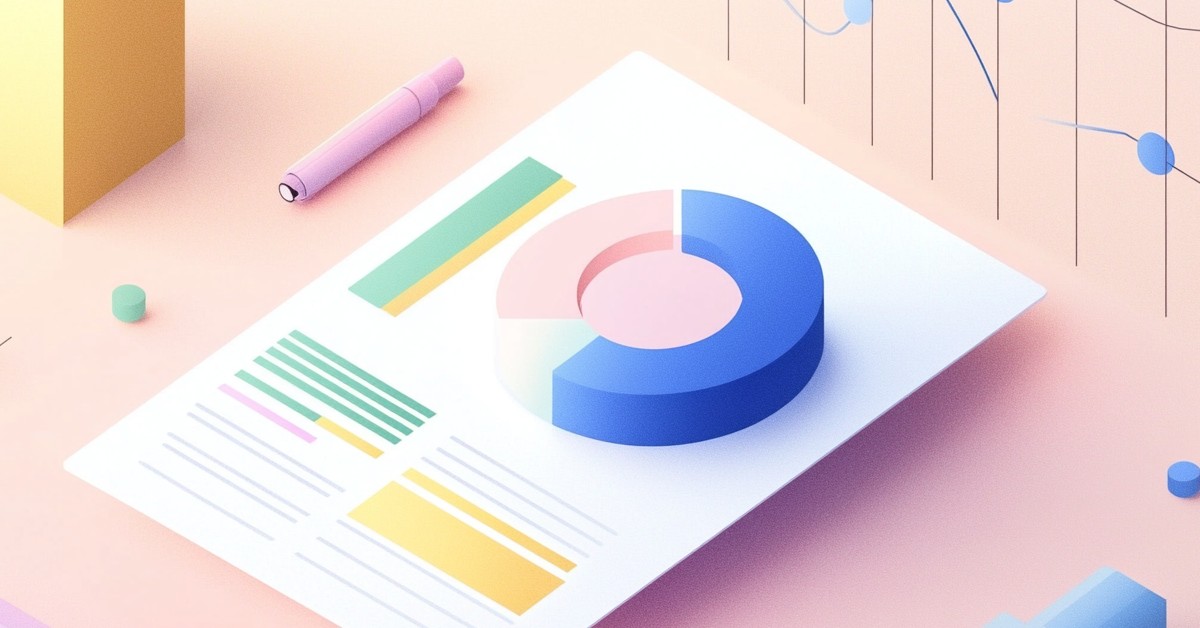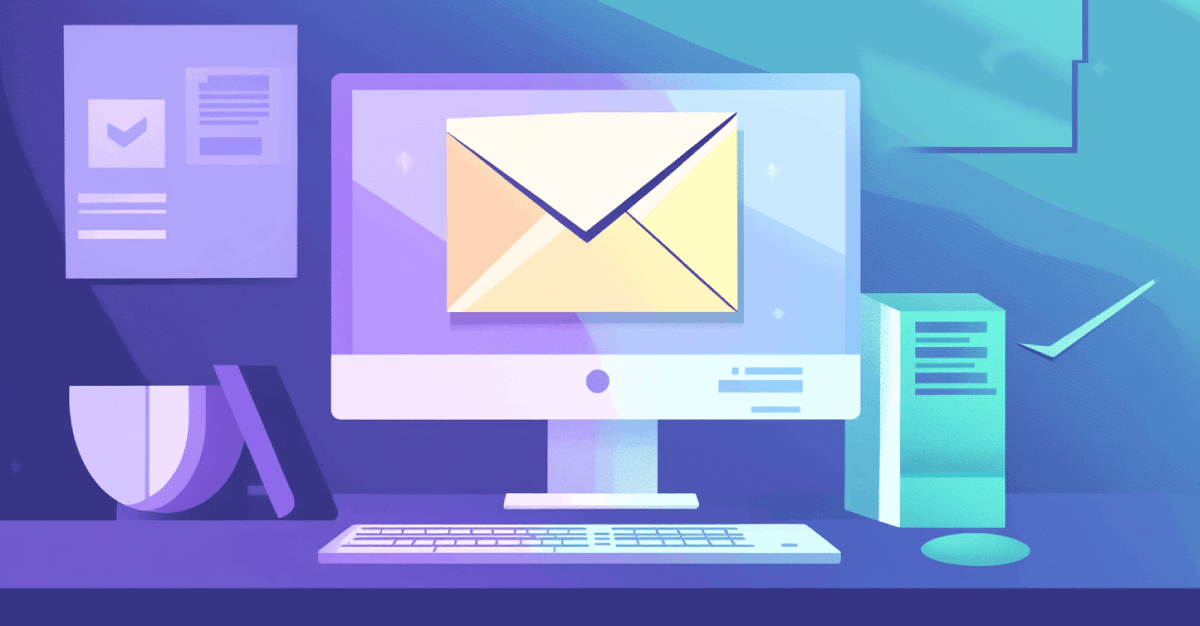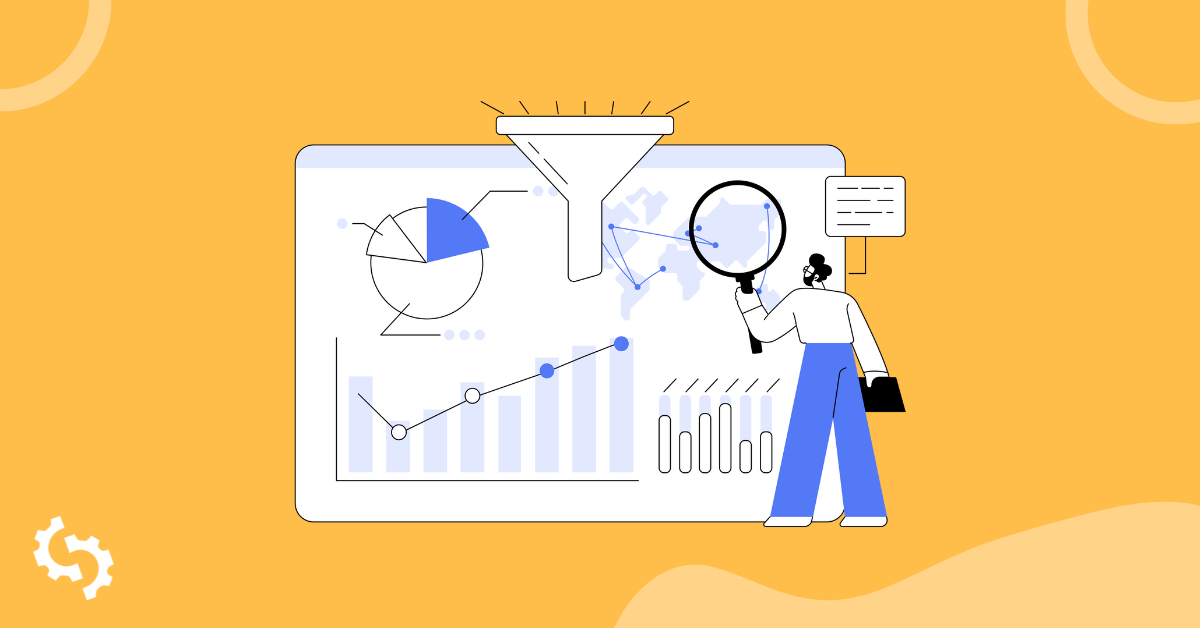
What is a “funnel” in marketing, and how can it help you make more sales? The marketing funnel is one of the most useful tools a company can use to track its sales process from beginning to end. We’ll explain what a marketing funnel is, the marketing funnel stages, and the specific steps you can take to improve your digital marketing funnel.
What is a Marketing Funnel?
A marketing funnel is a conceptual tool used by businesses to track each stage of a customer’s path from awareness to post-purchase.
At the top of the funnel, the widest part, many people are interacting with your business in some way, even if it is just noticing an ad or a Facebook post.
As the funnel narrows, fewer people are present at each stage. The final tip of the funnel represents a customer making a purchase. The fewest number of people are present at this stage.

For example, 1,000 people may notice a Facebook ad for a lead management software company. 100 of them click on the ad and sign up for the free trial, and 20 eventually purchase the software. This process can be represented by a digital marketing funnel.
Marketing Funnel Stages
The marketing funnel is typically divided into four main stages - Attention, Interest, Desire, and Action. This is sometimes called the AIDA model.
Knowing these marketing funnel stages helps your business apply specific strategies for each one and determine where customers are exiting the funnel. For example, if many customers click on an ad but don’t continue on to sign up for the free trial, you may need to add additional inducement to the free trial stage.
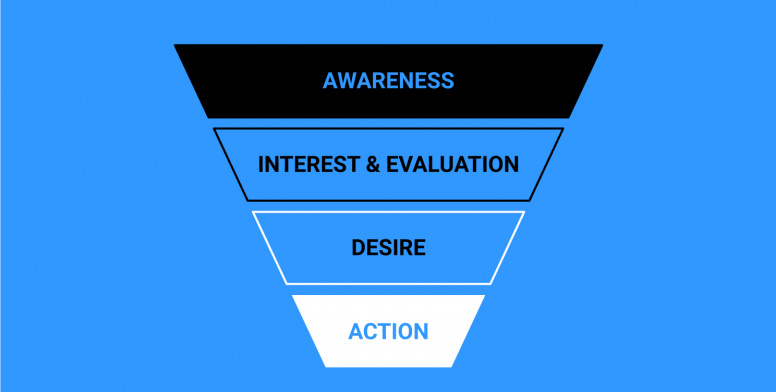
Image source: SEMrush
Awareness
The first stage of the marketing funnel is awareness. This is where people first begin to interact with your business. They go from never having heard of you before to having at least a general knowledge of who you are and what you do.
Most of us don’t remember a time when we were unaware of ubiquitous brands like Pepsi or Disney. All other businesses, though, need to create marketing funnels that begin with getting their message in front of consumers.
There are many strategies to achieve this, and they all rest on one principle: go where your ideal customers already are.
We will cover three strategies for implementing the Awareness stage of your digital marketing funnel.
YouTube
Leveraging YouTube ads can be a crucial part of an inbound marketing funnel. Almost everyone spends time on YouTube, and directing video ads toward your target audience can gradually increase brand awareness.
According to Google TrueView, YouTube viewers who watch a brand’s ad for longer than three seconds demonstrate higher brand awareness, ad recall, and brand consideration.
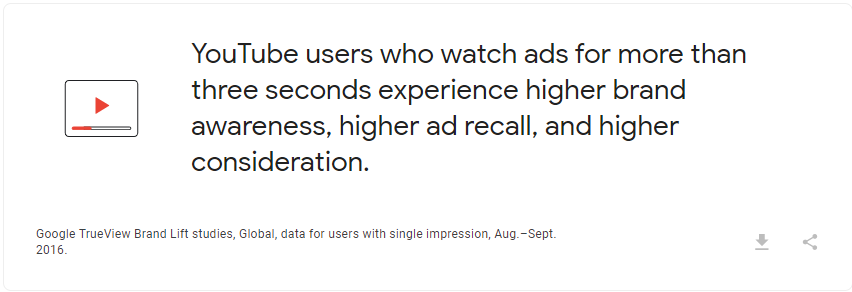
Another cornerstone of a good inbound marketing funnel is search engine optimization. Optimizing your business’s page to make it to the first page of search engine results - especially Google - can drive sales by leading more people to your site.
In the Awareness stage of the marketing funnel, consumers are often browsing for information or solutions to a problem. You can show them that your brand offers solutions by publishing useful content like how-tos, infographics, blog posts, customer testimonials, before-and-after articles, and video tutorials. Make sure all this content is optimized to drive the right seekers to your answers.
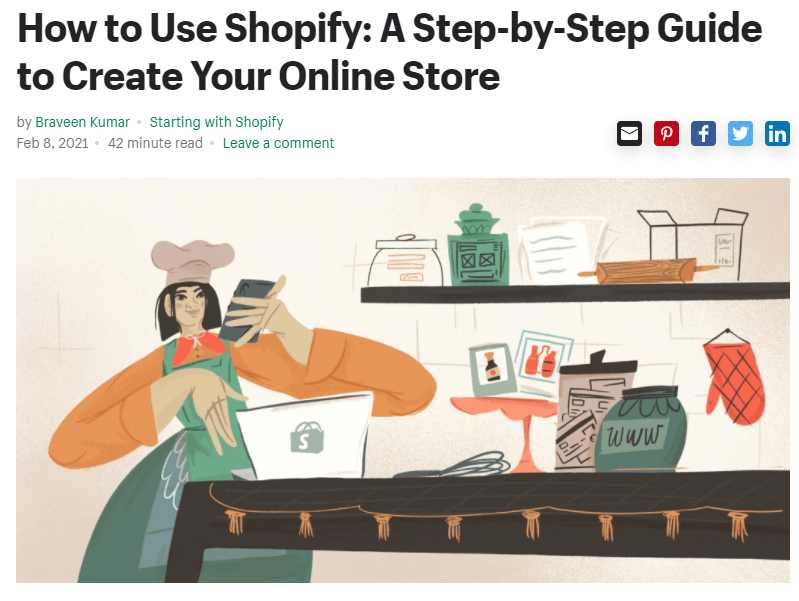
Not sure if your content is optimized for your marketing funnels? Try out our free SEO tool here.
Leverage Other People’s Audiences
While publishing thoughtful content and optimizing it for search is a cornerstone of an inbound marketing funnel, it also is a long-term project. SEO can often take 6 months or more to demonstrate a large uptick in traffic.
To jump-start this process, you need to get your business in front of OPAs - Other People’s Audiences. This can take several forms, including:
- Authoring guest posts on colleagues’ blogs
- Serving as a guest speaker
- Giving interviews
- Participating in a podcast or panel discussion
Ideally, you will join up with other professionals in your field who have an audience composition similar to the one you are trying to develop.
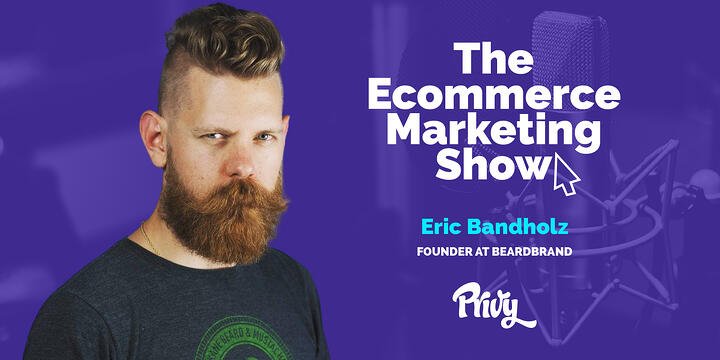
OPA’s fit well at the first of the marketing funnel stages because they introduce your brands to audiences who have never heard of you before. This works to build trust with your business - if you partner with an already-trustworthy authority, customers are more likely to view your business with a friendly eye in the future.
Patience
Remember, at this stage of the funnel you are not expecting every single viewer to click on your ad and make a purchase. This stage is designed for gradually building awareness and increasing trust.
Interest
At this phase of your marketing funnels, your customers are aware of your business and the products you offer. They are now actively interested in what you have to provide and are seeking more information to determine if your business matches their needs.
You can shepherd leads through the interest phase of the funnel by providing them with better information.
According to Oberlo, 81% of consumers conduct research before purchasing something online. At this stage of the digital marketing funnel, providing comprehensive, understandable information will increase potential customers’ interest in your business.
Rank for Terms with High Buy Intent
Another way to optimize the interest phase of your marketing funnel is to snag potential leads as they are actively researching the solution to a problem.
The way to do this is by making sure your business’s website ranks for search terms that have a high buy intent. In other words, you want to more closely match your offerings with products and services that customers are actively searching for and planning to purchase in the immediate future.

Keywords that tend to signal a strong buyer intent include:
- Buy now
- For sale
- Near Me
- Get
- Visit
- Free Shipping
- Discount
- Deal
- Rent
- Hourly Rate
These phrases all indicate that the searcher is actively trying to locate something to purchase nearby. These phrases will differ depending on the type of product or service offered; customers hire a local house painter, but they look for deals on motel rentals. Choose the keywords that most closely match your business.
Specific questions can also indicate a high-buy intent. For example, questions like “is AT&T internet available in my area” indicates that the customer is actively considering the service.
Convince Leads to Subscribe
Another way to keep more leads in the sales funnel is to convince them to subscribe to updates. Remember, email marketing still has one of the highest ROIs in the marketing industry, and it’s one of the best ways to maintain interest among your leads until they’re ready to purchase.
Many leads will not be ready to make a purchase the first time they become aware of your business, especially if you offer higher-priced goods or services.
Customers need time to consider their options and decide if they really want to buy, by sending them periodic emails explaining the benefits of your products and offering incentives to purchase can maintain interest.

Photo by Uplers.com
Remember, too many emails can annoy your leads and decrease engagement. According to one 2018 study, 2-4 emails per month can be ideal for many businesses.
Desire
Sometimes called the evaluation phase, this step along the marketing funnel stages shows a refined group of consumers actively considering your product and deciding if it will meet their needs.
You have not completely closed the deal at this stage, however. Here are three strategies for moving prospects further down the marketing funnel.
Rank for Words like “Best” and “Top”
This stage in the marketing funnel is when leads are actively comparing your business to your competitors.
To stand out among the crowd and convince your potential customers that you offer the best value, it helps to build credibility as the best solution out there.
If you run a quick Google search for your business’s featured product with the words “best” or “top,” does your business appear first? If not, additional attention to SEO can help guide customers to further trust in your brand.
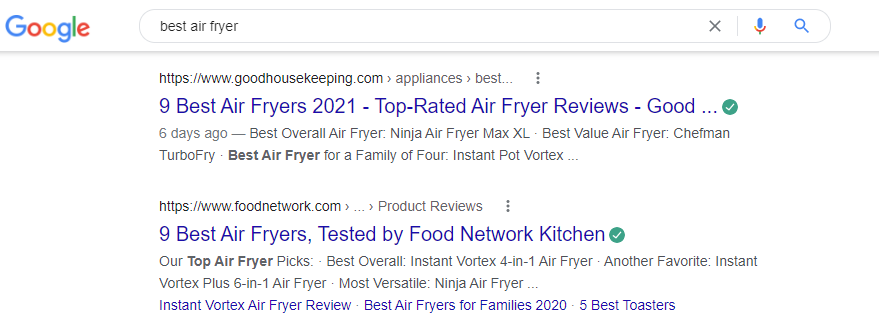
Educate Prospects
The more technical or complex your product, the more information you need to offer your customers at the different marketing funnel stages to persuade them that they need what you are selling.
One of the most effective ways to accomplish this is to provide educational materials to your leads. These don’t have to be long-winded or boring. Useful content like video tutorials, white papers, Q&As, and testimonials can address specific topics in technical niches.
A business selling grout-free shower panels might offer an email series explaining how their waterproofing system works to build customer confidence in the effectiveness of their product.
Create a Nurture Sequence
Your business can further guide leads toward a purchase by providing persuasive evidence that your business has the solutions they are looking for.
A nurture sequence is an automatic sequence of emails that leads receive when they subscribe to your list. This sequence provides more information and builds trust in your brand.
If your brand manufactures vegan leather handbags, a successful nurture sequence could be an email series that features key benefits of your product; it’s cruelty-free, it has ample space, it is long-lasting, it is a classic style.
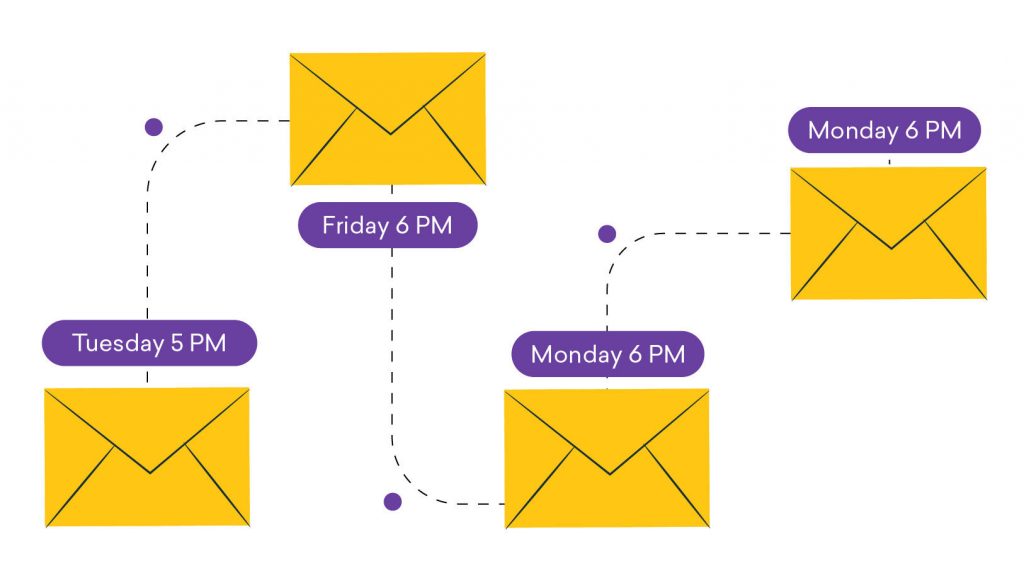
Photo by Freshworks
Your nurture sequence should be closely tailored to your customers’ pain points and show ways that your business offers answers to their products that your competitors can’t match.
Action
What is a marketing funnel without the final step? The higher a percentage of leads reach the bottom of your funnel and actually make a purchase, the more effective your marketing funnel is functioning.
Create a Compelling Offer
The bottom of your marketing funnel - often called the conversion stage - represents the percentage of people who complete a purchase.
To encourage this, it’s imperative to offer customers some inducement to purchase now. Time-limited offers, abandoned cart emails, or coupons to purchase now are great ways to move customers through the final stage.
Strengthening the Funnel for Marketing Your Business
An inbound marketing funnel offers a concrete way to track how customers are engaging with your business and which marketing tools are moving them closer to a decision. Ideally, your marketing team should outline marketing funnels for each source of inbound traffic.
There’s far more to your customers’ decision-making process than simply seeing an ad for your products and immediately clicking “buy now.” Determine how many aids you have in place to help move leads through the marketing funnel effectively, and you are sure to see an increase in sales.

